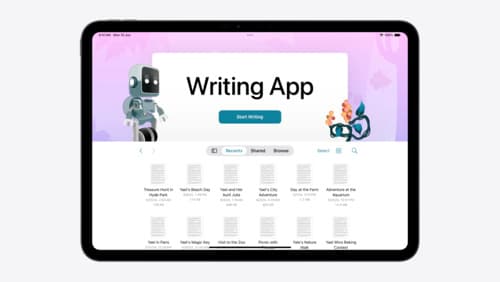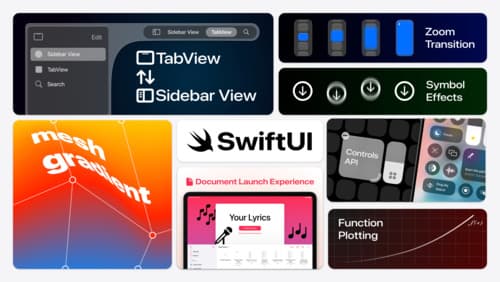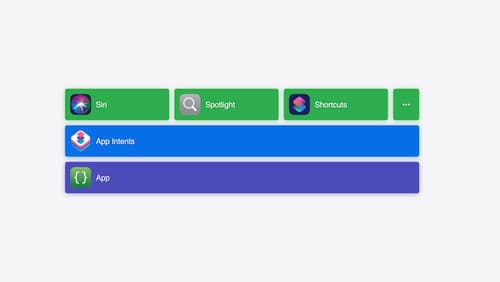how to display a dialog in swiftui
Asked on 2024-08-05
1 search
To display a dialog in SwiftUI, you can use the alert or sheet modifiers, depending on the type of dialog you want to present. Here are some examples:
Using alert
The alert modifier is used to present an alert dialog with a title, message, and buttons.
struct ContentView: View {
@State private var showAlert = false
var body: some View {
Button("Show Alert") {
showAlert = true
}
.alert("Alert Title", isPresented: $showAlert) {
Button("OK", role: .cancel) { }
} message: {
Text("This is an alert message.")
}
}
}
Using sheet
The sheet modifier is used to present a modal view.
struct ContentView: View {
@State private var showSheet = false
var body: some View {
Button("Show Sheet") {
showSheet = true
}
.sheet(isPresented: $showSheet) {
SheetView()
}
}
}
struct SheetView: View {
var body: some View {
Text("This is a sheet.")
}
}
Using confirmationDialog
For more complex dialogs, you can use confirmationDialog.
struct ContentView: View {
@State private var showDialog = false
var body: some View {
Button("Show Dialog") {
showDialog = true
}
.confirmationDialog("Dialog Title", isPresented: $showDialog) {
Button("Option 1") { }
Button("Option 2") { }
Button("Cancel", role: .cancel) { }
} message: {
Text("This is a confirmation dialog.")
}
}
}
For more advanced usage and examples, you can refer to the session What’s new in SwiftUI from WWDC 2024.

Evolve your document launch experience
Make your document-based app stand out, and bring its unique identity into focus with the new document launch experience. Learn how to leverage the new API to customize the first screen people see when they launch your app. Utilize the new system-provided design, and amend it with custom actions, delightful decorative views, and impressive animations.

What’s new in SwiftUI
Learn how you can use SwiftUI to build great apps for any Apple platform. Explore a fresh new look and feel for tabs and documents on iPadOS. Improve your window management with new windowing APIs, and gain more control over immersive spaces and volumes in your visionOS apps. We’ll also take you through other exciting refinements that help you make expressive charts, customize and layout text, and so much more.

Bring your app’s core features to users with App Intents
Learn the principles of the App Intents framework, like intents, entities, and queries, and how you can harness them to expose your app’s most important functionality right where people need it most. Find out how to build deep integration between your app and the many system features built on top of App Intents, including Siri, controls and widgets, Apple Pencil, Shortcuts, the Action button, and more. Get tips on how to build your App Intents integrations efficiently to create the best experiences in every surface while still sharing code and core functionality.
